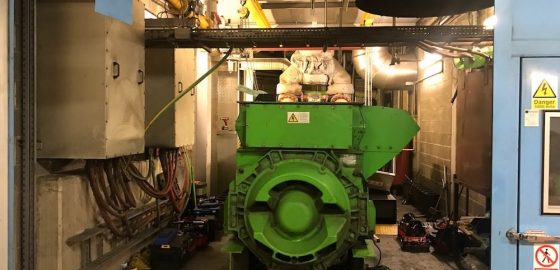Kings College Hospital in London has always been known for its innovation.
Founded in 1840 within Lincolns Inn Fields, it moved to the current site, south of the river in Denmark Hill in 1909. With 950 beds, it serves an inner city population of over 700,000 people and acts as a wider centre of excellence for many millions of people throughout the south-east.
Kings was home to Sir Joseph Lister, the pioneering surgeon who introduced antiseptics into the operating theatre. His discovery and aseptic methodology changed medicine forever and drastically reduced mortality rates from major operations.
From the outset, the buildings, designed by William Pite, incorporated many innovations. These included rounded wall, ceiling and floor junctions to prevent dust from gathering in corners. Diesel engines were deployed to power the lighting and were only phased out in 1955. Electric clocks throughout the hospital also ensured time was both accurate and common throughout. The Hospital even had a Siemens-Edison telephone system – only the second such internal telephone system in the UK.
So it’s no surprise that the hospital also innovated when it came to their power provision. Ten years ago they installed two extremely large gas Combined Heat and Power (CHP) Units to provide heat and power for the whole hospital. These are installed in the basement of the building. There are two units, so one always acts as a back-up to the other, should there be a failure.
In order to protect the building occupants from noise and vibration, the two CHPs are enclosed within their own individually designed Acoustic Enclosures, both of which are ventilated with a forced air system through attenuated (heavily silenced) vents.
When the units were installed back in 2010 the team arrived on site with the first task being the removal of the old boiler units that you can see here.
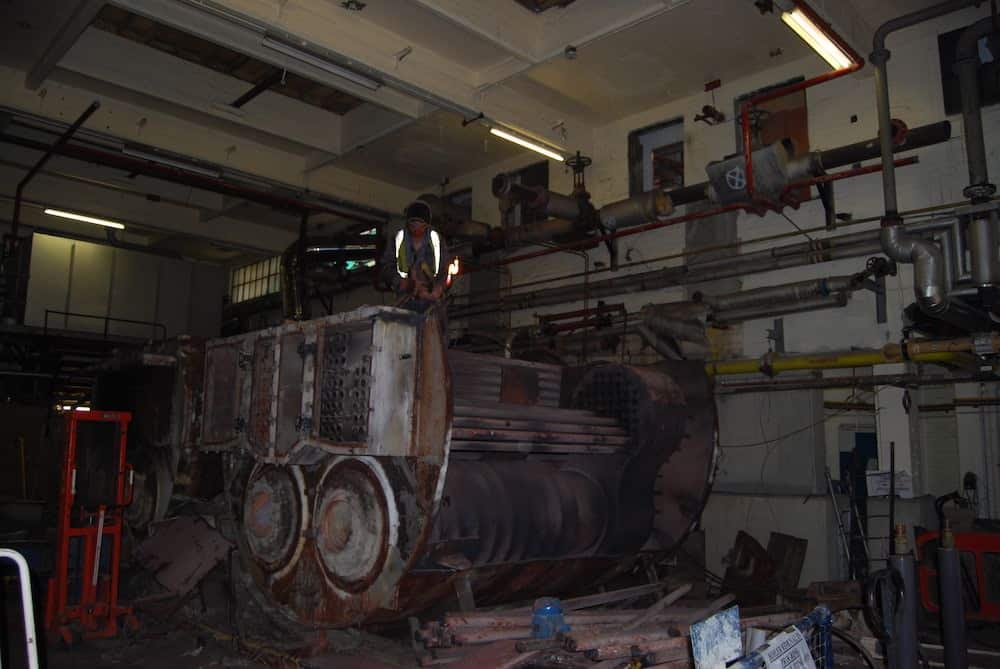
The site was cleared and when all of the pipework was prepared, the two CHPs were installed through the ceiling of the basement. In order to do this, the road outside the hospital was opened, the units craned in and then the road closed over again. On this picture you can see the light from the roof opening shining down into the space, ready for the CHPs.
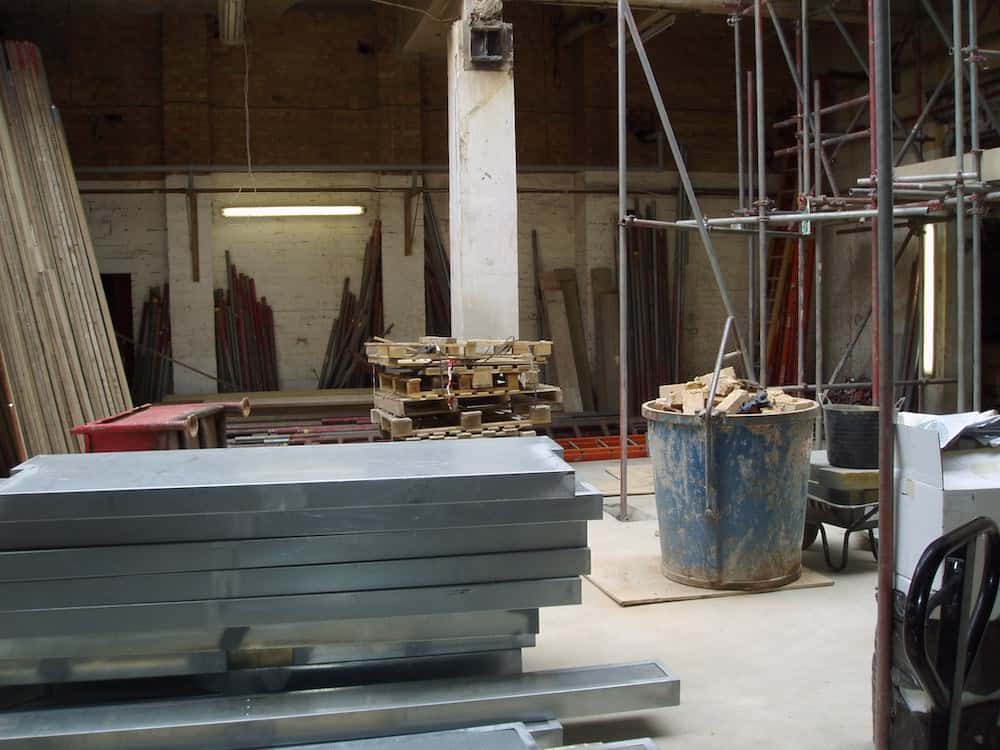
So when it comes to the time for a major service and recommissioning of the CHPs it’s a bigger job than it would be in most other installations. With it being located in the basement, access is an issue and most of the work needed to be carried out in situ.
The Kimpton team, over a period of five weeks, working with our colleagues at Clarke Energy, dismantled and subsequently re-installed both enclosures to allow them access necessary to undertake a complete 65,000 hour overhaul of each CHP engine in turn.
With the work completed, each was then rebuilt in situ, with great care to ensure the other CHP remained fully operational throughout, to continue to provide power for the Hospital.
The pictures show the before and after shots and as you can see there’s no obvious evidence of the Kimpton Acoustic team even being there.
Funnily enough, that’s just how we (and our clients) like it.
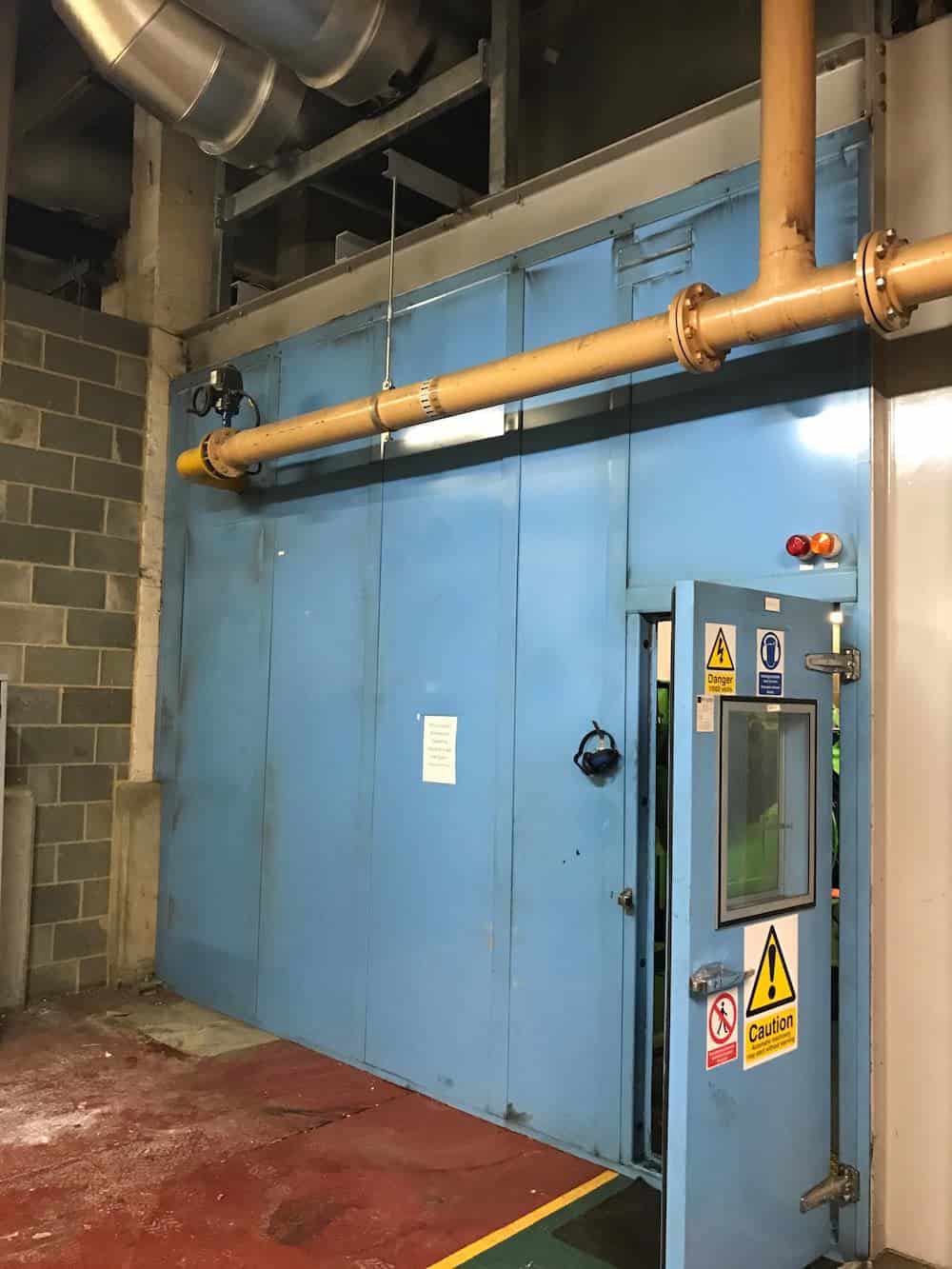
A view of the acoustic CHP enclosures as we arrived on site

With the enclosure removed the CHP engine can be overhauled
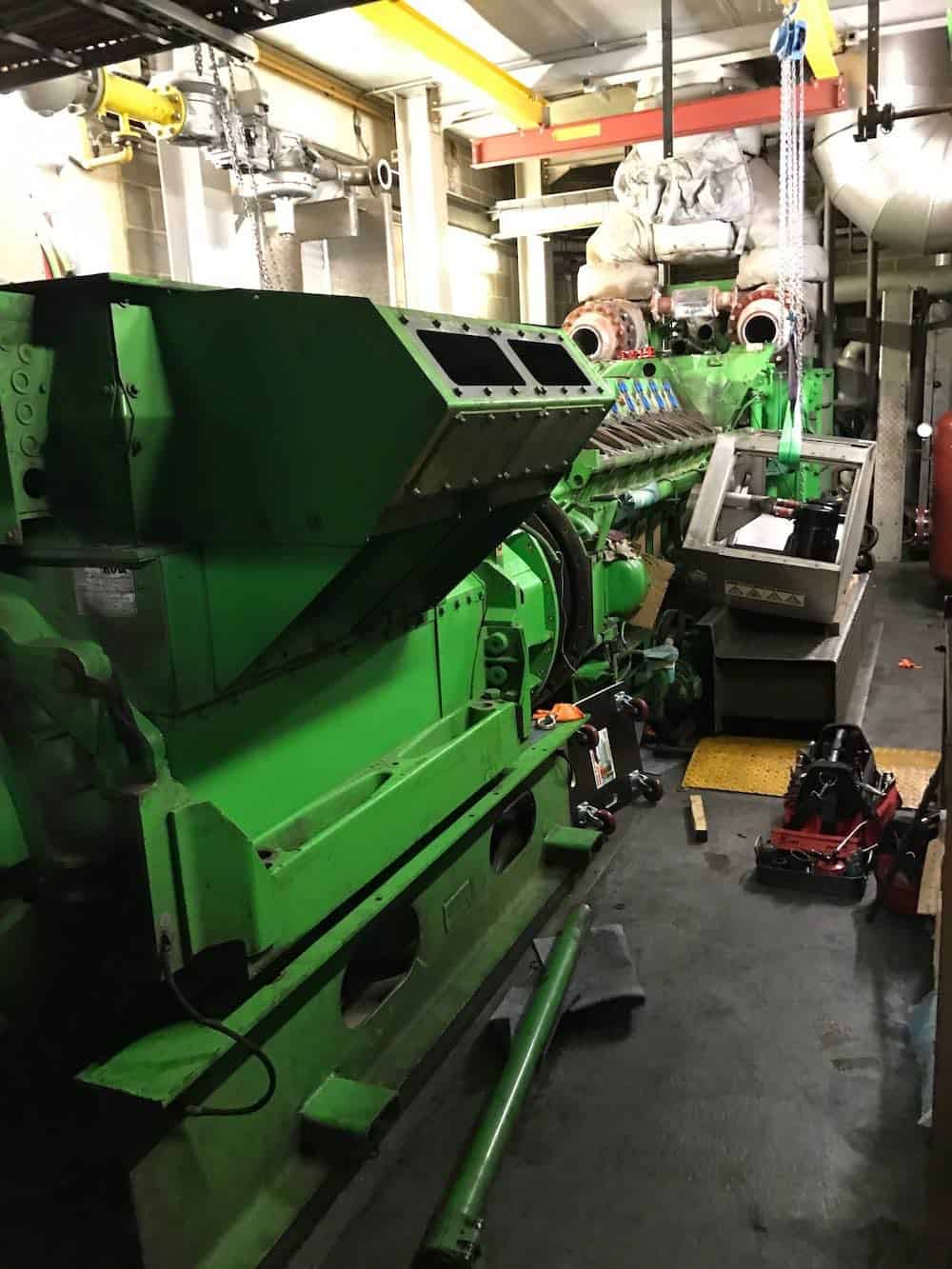
Whilst access is still tight, it is at least possible with the enclosures removed
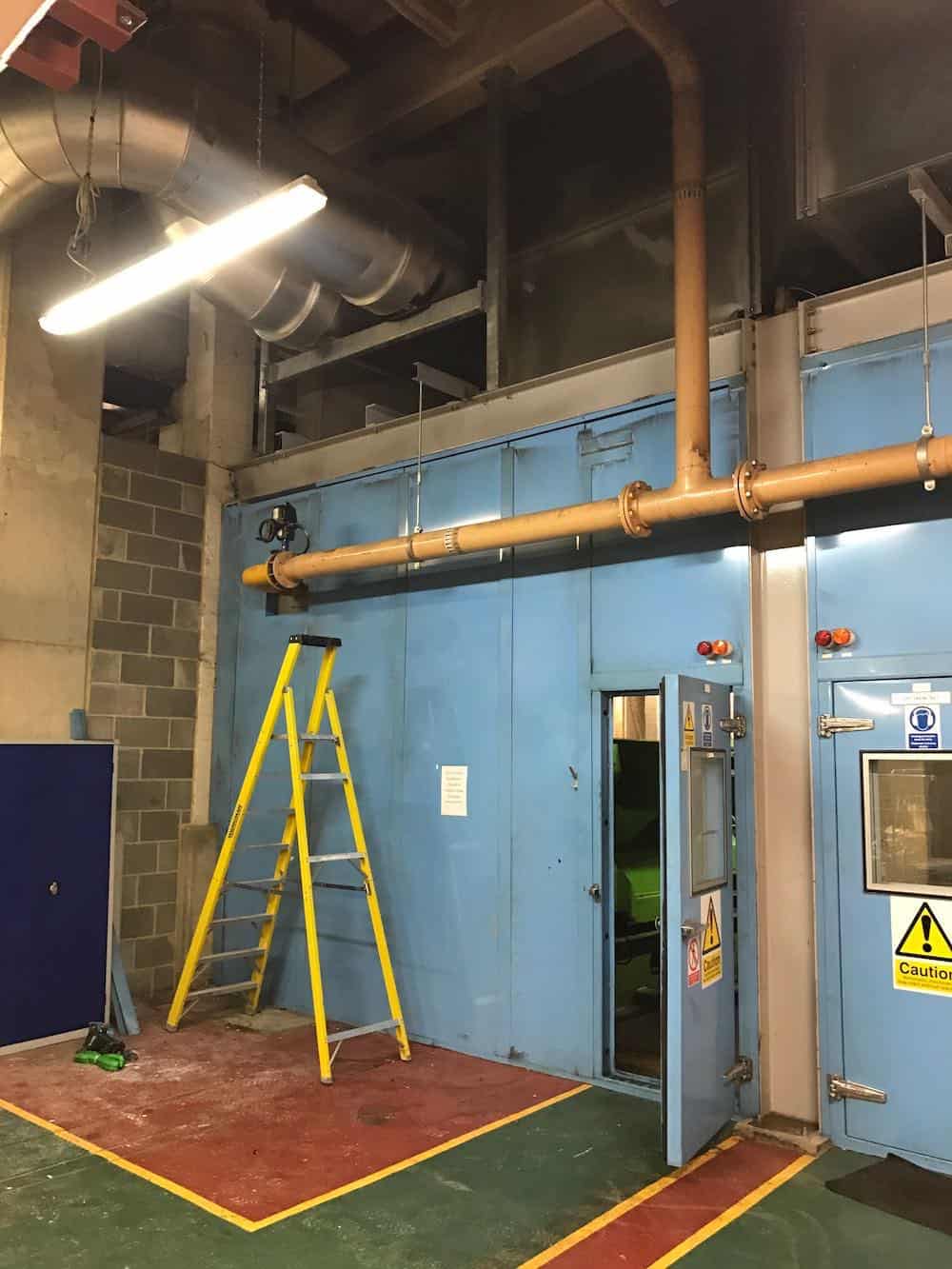
And then we were done. The CHP enclosures are restored after the overhaul is completed
< Back to News

